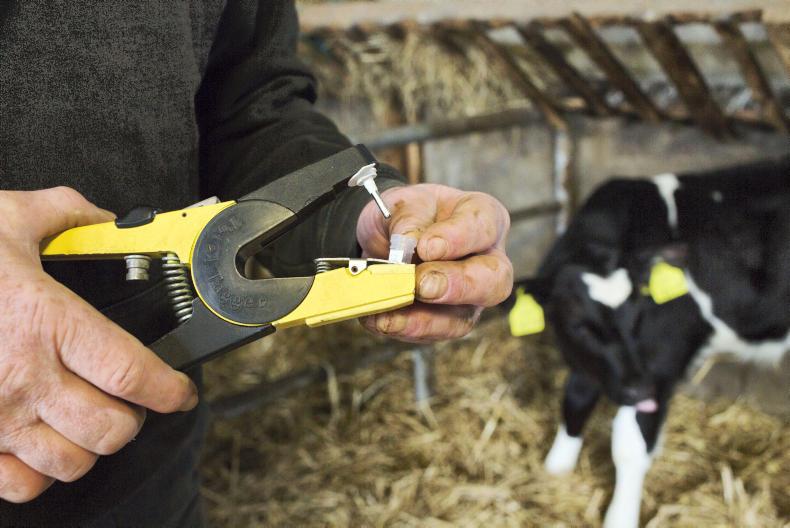There has been 56 cases since 2016 where calves have had an initial negative test result on their BVD tissue tag sample but have subsequently had a positive test result.
The Department of Agriculture has confirmed that analysis of test results on the programme database shows that half of these animals were identified as positive for BVD when they were re-tested after they had produced a persistently infected (PI) calf.
A Department spokesperson said that no biological test is 100% accurate, although these apparent false negative results represent a very small proportion of the more than 47,000 animals that have given a positive or inconclusive result during the course of the BVD eradication programme since 2013.
“All testing within the BVD eradication programme is carried out in designated laboratories using approved test kits and conducted to an internationally recognised accreditation standard.”
Reasons for initial results
There are a number of reasons why a PI animal may have an initial negative result, the spokesperson said, including: errors at tagging, delays in sample submission, laboratory error or a genuine failure of the test kit to detect the presence of the virus, although it is very difficult to definitively identify the cause in any given case.
“The possibilities that the animal is not in fact a PI, but has acquired a transient infection at the time of sampling, or of deliberate interference with the sample may also explain an initial negative result in these cases.”
What should farmers do?
Where a herd owner believes that they have an animal with an apparent false negative test as a calf, the Department advises that they should in the first instance contact the laboratory that conducted the test.
“The BVD implementation group, of which the Department is a member, is currently considering a protocol to address these cases.”






 This is a subscriber-only article
This is a subscriber-only article










SHARING OPTIONS: